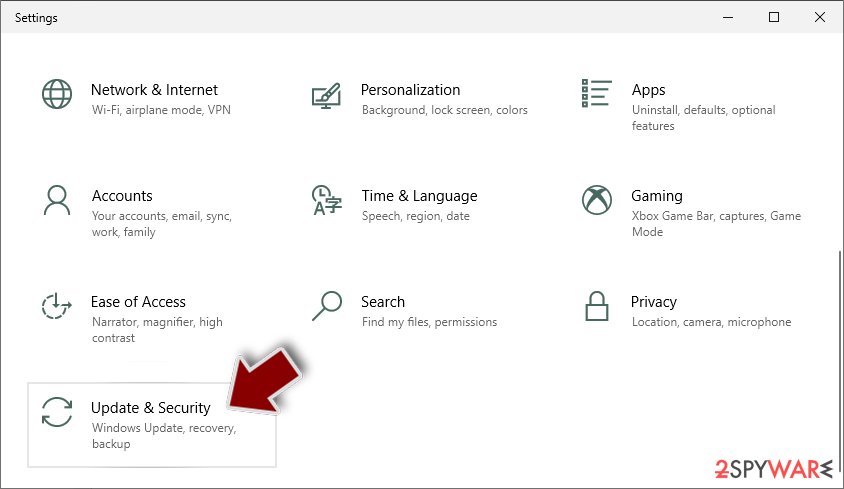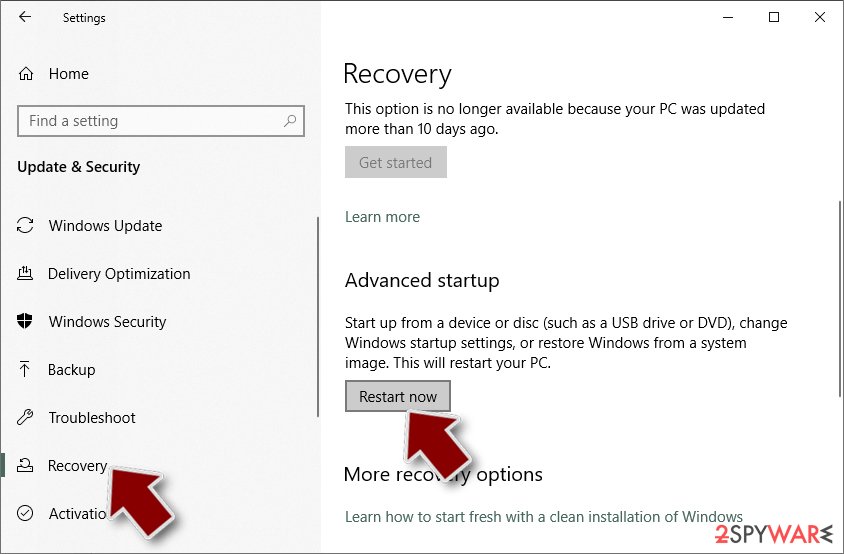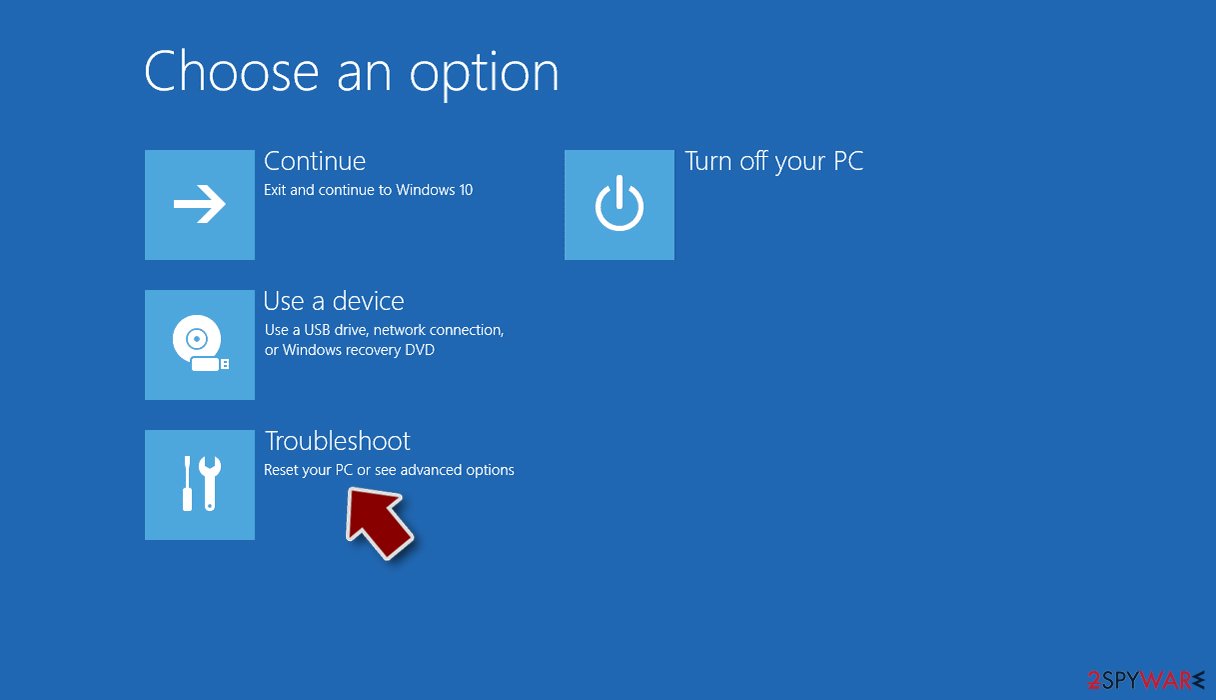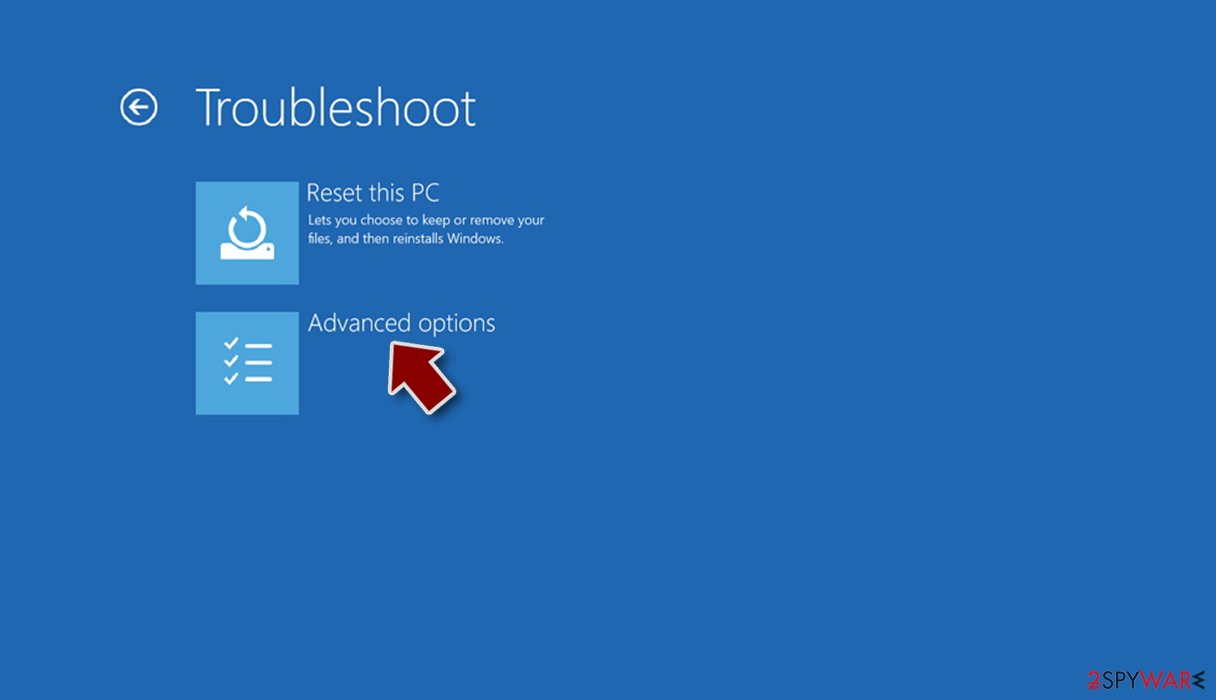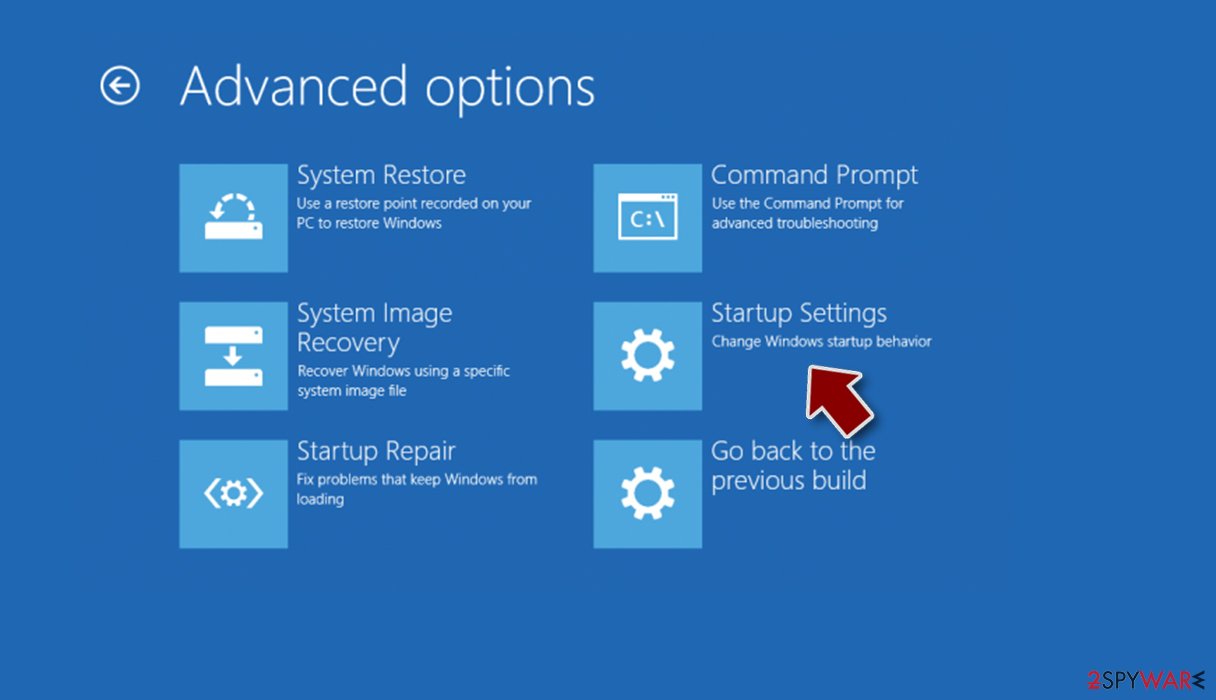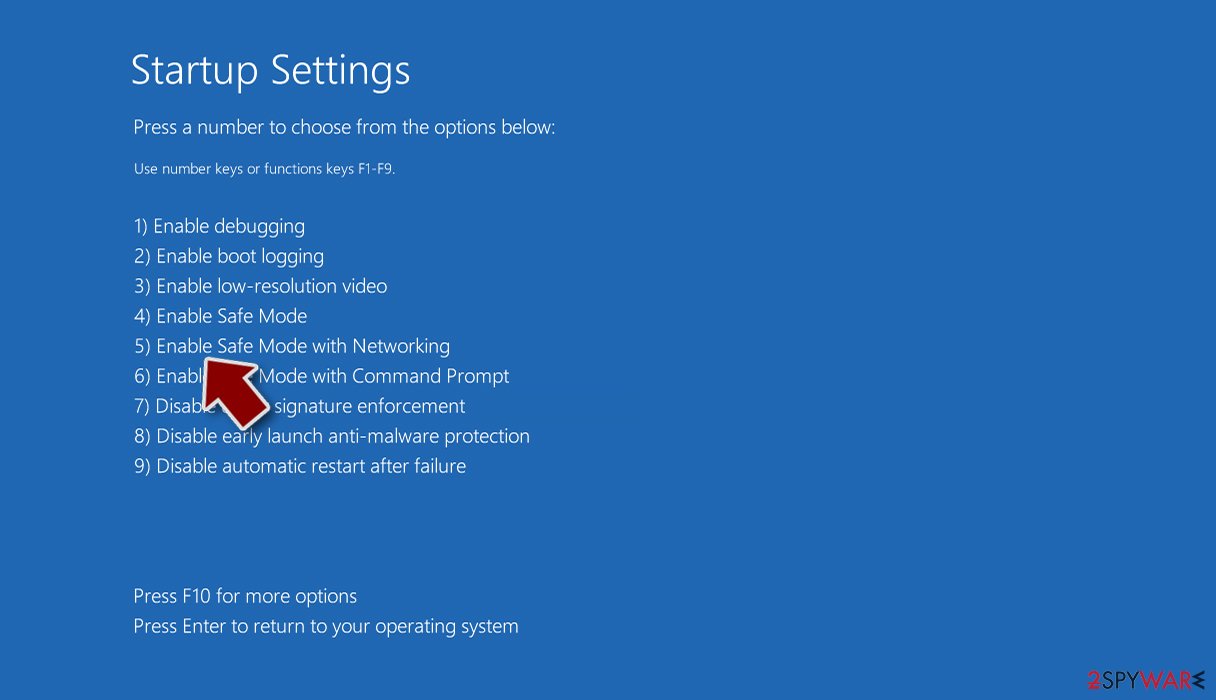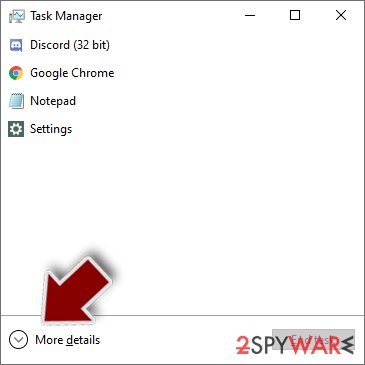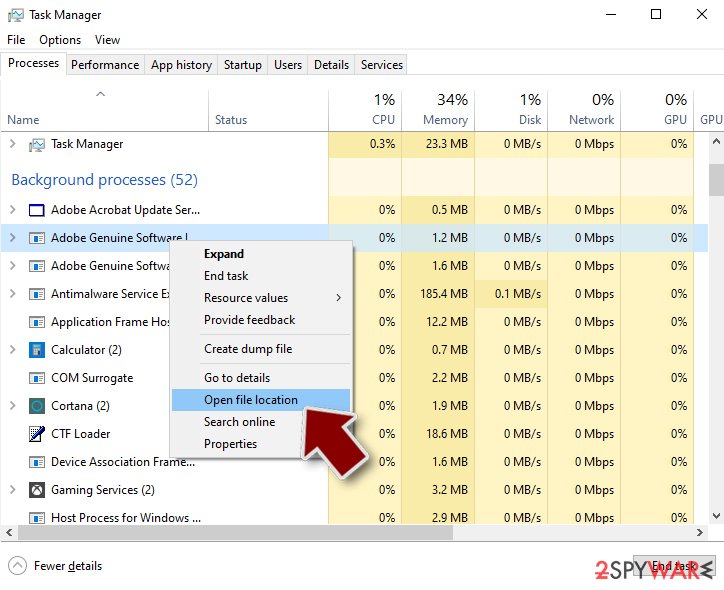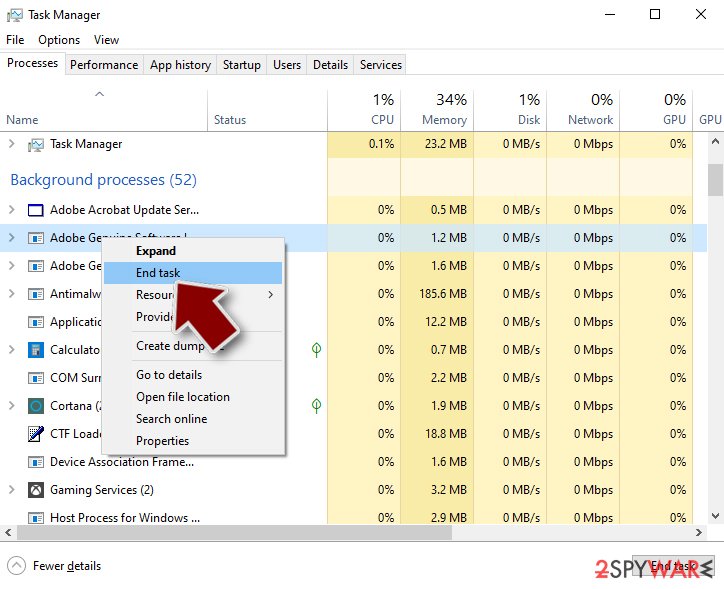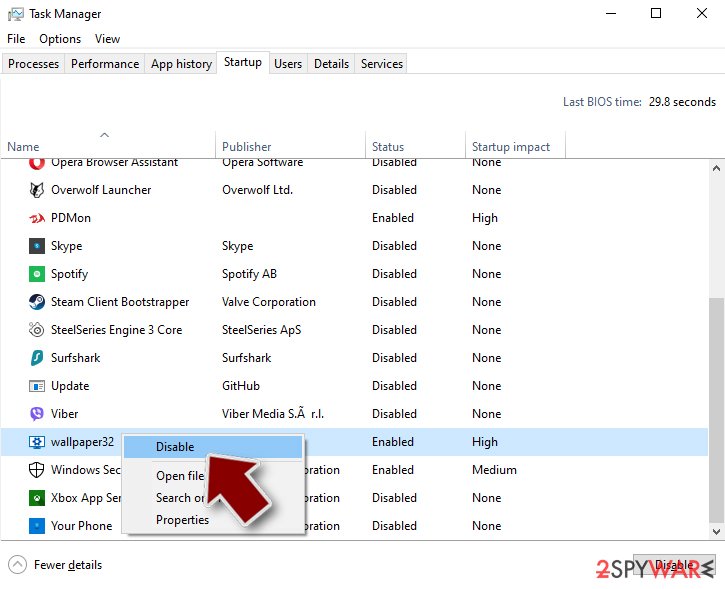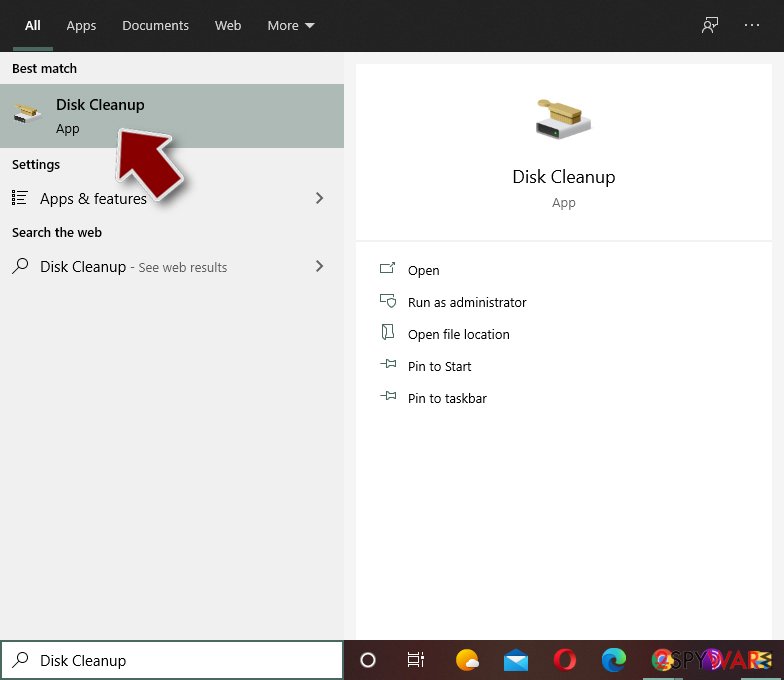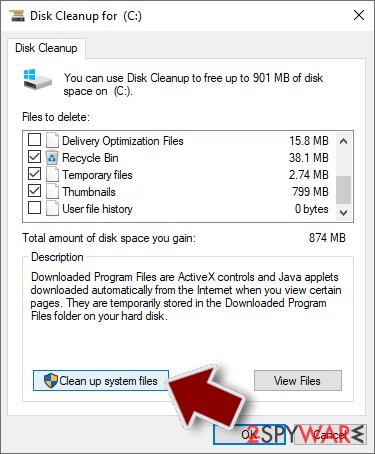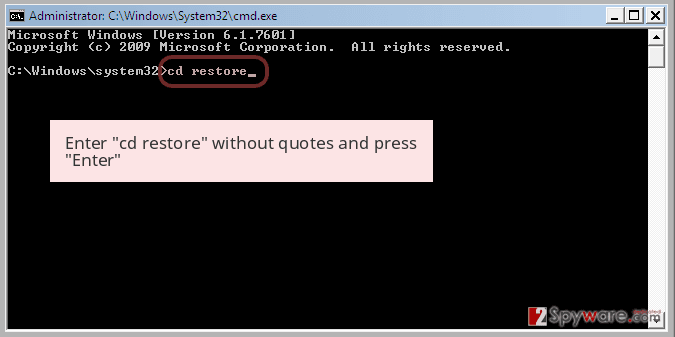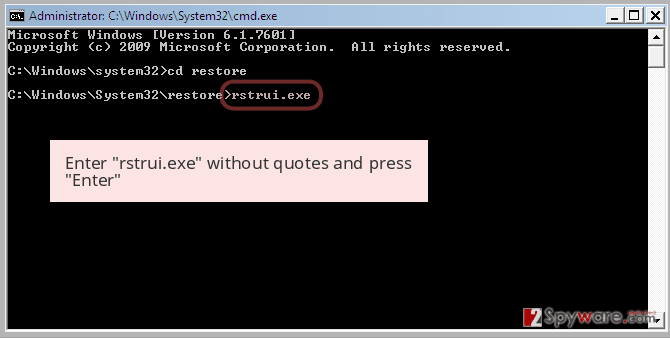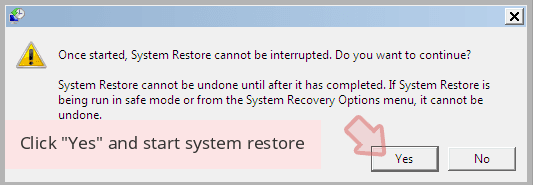AlldataLocker ransomware (Decryption Methods Included) - Removal Guide
AlldataLocker virus Removal Guide
What is AlldataLocker ransomware?
AlldataLocker – a file-encrypting virus which can be recognized from the “how to unlock your files.txt” ransom note
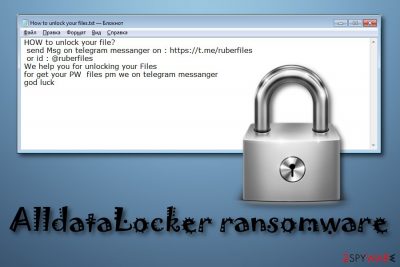
AlldataLocker is another ransomware virus which uses AES-256 encryption algorithm[1] to lock important files on the infected computer. This dangerous virus encrypts documents and adds the .lock appendix to each locked file. After that, a ransom message named “how to unlock your files.txt” is displayed. Crooks give their contacts which are https://t.me/ruberfiles or @ruberfiles. Victims are urged to contact the cybercriminals and discuss all matters that are related to the ransom price. Usually, criminals urge for a particular ransom in Bitcoin in exchange for a file decryption tool.
| Name | AlldataLocker |
|---|---|
| Category | Ransomware |
| Extension | .lock |
| Ransom note | “how to unlock your files.txt” |
| Contacts | https://t.me/ruberfiles, @ruberfiles |
| Cipher used | AES-256 |
| Original decryptor | Not available yet |
| Removal | Install FortectIntego to detect the threat |
AlldataLocker virus infiltrates the system through phishing messages which are dropped straightly to victims' email boxes by cybercriminals. If the victim opens the attachment that is clipped to such email, he/she gets the computer system infected by ransomware. However, you can take some precautionary measures that might help you to avoid ransomware infections, and we are going to discuss them in this article a little bit later.
Once installed, AlldataLocker ransomware starts modifying the Windows Registry section by creating fake registry entries that allow the virus to perform its own damaging activity. When files are encrypted, there is almost no chance to restore them by yourself as crooks use different algorithms each time they infect a different computer. Nevertheless, they store encryption and decryption keys on remote servers which are kept in reach only for the owners.
However, we still do not recommend paying the crooks. According to malware researchers from NoVirus.uk[2], users are very likely to get scammed if they fall for believing the fake promises that were made by the cybercriminals. Usually, all they do is wait for the money, and then run leaving the victim hopeless. Moreover, you can not track such transfers as they are done in cryptocurrency which allows the entire process to remain secret. Better perform the AlldataLocker removal ASAP to avoid further damaging consequences.
One of the main reasons to remove AlldataLocker virus is that it is necessary if wanted to get encrypted files back. You cannot restore encrypted data if the threat is still active, otherwise, the process will give no results as the encryption will be performed all over again. We suggest installing a reliable program such as FortectIntego to detect the cyber infection and carry on with the elimination.
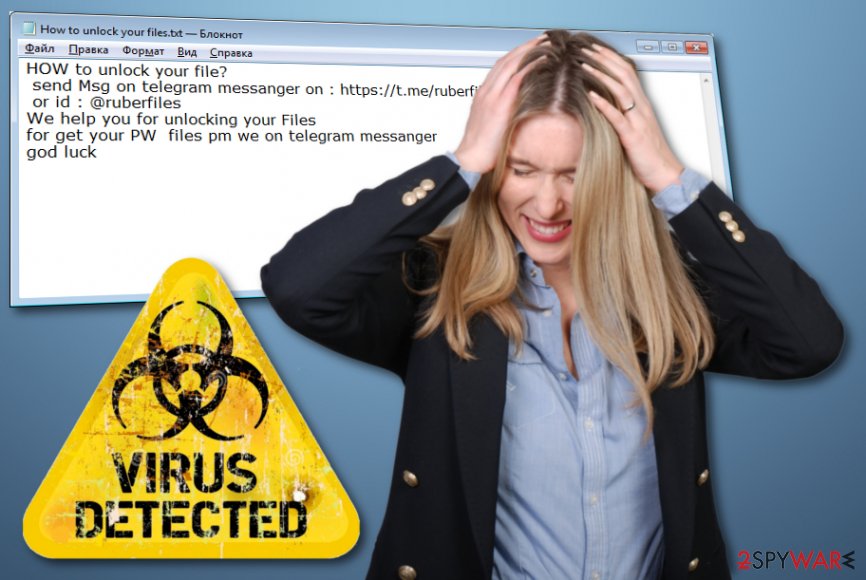
Stay away from ransomware viruses
Ransomware is most commonly spread through phishing email messages. Such emails come with hazardous attachments that are related to the cyber infection. If you step on the attached component and open it, you are very likely to get your computer system infected with a dangerous virus. So, if you ever encounter a dubious-looking email message, better eliminate it and do not open any added attachments for your own and your computer's safety.
It is advisable to think about your valuable files too. We recommend storing copies of important documents on external devices, e.g. iCloud[3] or USB flash drive. This way the criminals will not be able to reach the data that is stored on another device, not the infected machine. Additionally, all users should invest in a reliable and expert-tested computer security software. If you do so, your PC system will be protected automatically from various computer infections.
Get rid of AlldataLocker ransomware
If you have spot files with the .lock extension and are wondering how to delete the infection that caused such damage, we recommend performing the AlldataLocker removal by using reliable anti-malware tools. Try installing FortectIntego, SpyHunter 5Combo Cleaner, or Malwarebytes. After the process is finished, perform some system backups to fully disable the ransomware-type virus.
Moreover, it is important to know that you first need to remove AlldataLocker virus and then think about data recovery techniques. If you complete the process as required, take a look at some file restoring methods that we have provided below this text. We cannot fully guarantee that this third-party software will completely recover lost data but it is still worth a try.
Getting rid of AlldataLocker virus. Follow these steps
Manual removal using Safe Mode
Reboot your computer to Safe Mode with Networking to disable the ransomware-type virus:
Important! →
Manual removal guide might be too complicated for regular computer users. It requires advanced IT knowledge to be performed correctly (if vital system files are removed or damaged, it might result in full Windows compromise), and it also might take hours to complete. Therefore, we highly advise using the automatic method provided above instead.
Step 1. Access Safe Mode with Networking
Manual malware removal should be best performed in the Safe Mode environment.
Windows 7 / Vista / XP
- Click Start > Shutdown > Restart > OK.
- When your computer becomes active, start pressing F8 button (if that does not work, try F2, F12, Del, etc. – it all depends on your motherboard model) multiple times until you see the Advanced Boot Options window.
- Select Safe Mode with Networking from the list.

Windows 10 / Windows 8
- Right-click on Start button and select Settings.

- Scroll down to pick Update & Security.

- On the left side of the window, pick Recovery.
- Now scroll down to find Advanced Startup section.
- Click Restart now.

- Select Troubleshoot.

- Go to Advanced options.

- Select Startup Settings.

- Press Restart.
- Now press 5 or click 5) Enable Safe Mode with Networking.

Step 2. Shut down suspicious processes
Windows Task Manager is a useful tool that shows all the processes running in the background. If malware is running a process, you need to shut it down:
- Press Ctrl + Shift + Esc on your keyboard to open Windows Task Manager.
- Click on More details.

- Scroll down to Background processes section, and look for anything suspicious.
- Right-click and select Open file location.

- Go back to the process, right-click and pick End Task.

- Delete the contents of the malicious folder.
Step 3. Check program Startup
- Press Ctrl + Shift + Esc on your keyboard to open Windows Task Manager.
- Go to Startup tab.
- Right-click on the suspicious program and pick Disable.

Step 4. Delete virus files
Malware-related files can be found in various places within your computer. Here are instructions that could help you find them:
- Type in Disk Cleanup in Windows search and press Enter.

- Select the drive you want to clean (C: is your main drive by default and is likely to be the one that has malicious files in).
- Scroll through the Files to delete list and select the following:
Temporary Internet Files
Downloads
Recycle Bin
Temporary files - Pick Clean up system files.

- You can also look for other malicious files hidden in the following folders (type these entries in Windows Search and press Enter):
%AppData%
%LocalAppData%
%ProgramData%
%WinDir%
After you are finished, reboot the PC in normal mode.
Remove AlldataLocker using System Restore
Turn on the System Restore function and deactivate the dangerous infection:
-
Step 1: Reboot your computer to Safe Mode with Command Prompt
Windows 7 / Vista / XP- Click Start → Shutdown → Restart → OK.
- When your computer becomes active, start pressing F8 multiple times until you see the Advanced Boot Options window.
-
Select Command Prompt from the list

Windows 10 / Windows 8- Press the Power button at the Windows login screen. Now press and hold Shift, which is on your keyboard, and click Restart..
- Now select Troubleshoot → Advanced options → Startup Settings and finally press Restart.
-
Once your computer becomes active, select Enable Safe Mode with Command Prompt in Startup Settings window.

-
Step 2: Restore your system files and settings
-
Once the Command Prompt window shows up, enter cd restore and click Enter.

-
Now type rstrui.exe and press Enter again..

-
When a new window shows up, click Next and select your restore point that is prior the infiltration of AlldataLocker. After doing that, click Next.


-
Now click Yes to start system restore.

-
Once the Command Prompt window shows up, enter cd restore and click Enter.
Bonus: Recover your data
Guide which is presented above is supposed to help you remove AlldataLocker from your computer. To recover your encrypted files, we recommend using a detailed guide prepared by 2-spyware.com security experts.If you are thinking of ways to recover your locked data, we have provided some solutions for you below. Make sure you choose the most suitable method for you and perform each step as required to achieve the best results.
If your files are encrypted by AlldataLocker, you can use several methods to restore them:
Try using Data Recovery Pro to restore important files:
This tool might be helpful if used as required. You might have a chance of getting valuable files back to their starter positions.
- Download Data Recovery Pro;
- Follow the steps of Data Recovery Setup and install the program on your computer;
- Launch it and scan your computer for files encrypted by AlldataLocker ransomware;
- Restore them.
Unlock files with Windows Previous Versions feature:
Note that this method might work only under one condition. You should make sure that you have enabled the System Restore feature before the cyber attack managed to infiltrate the computer system. Otherwise, this tool might be useless and you should consider performing a different data recovery method.
- Find an encrypted file you need to restore and right-click on it;
- Select “Properties” and go to “Previous versions” tab;
- Here, check each of available copies of the file in “Folder versions”. You should select the version you want to recover and click “Restore”.
Shadow Explorer might help you restore various files:
However, the bad news is that this method might not work if the ransomware-type virus permanently destroyed Shadow Volume Copies of blocked files.
- Download Shadow Explorer (http://shadowexplorer.com/);
- Follow a Shadow Explorer Setup Wizard and install this application on your computer;
- Launch the program and go through the drop down menu on the top left corner to select the disk of your encrypted data. Check what folders are there;
- Right-click on the folder you want to restore and select “Export”. You can also select where you want it to be stored.
There is no AlldataLocker virus decryptor discovered yet.
Finally, you should always think about the protection of crypto-ransomwares. In order to protect your computer from AlldataLocker and other ransomwares, use a reputable anti-spyware, such as FortectIntego, SpyHunter 5Combo Cleaner or Malwarebytes
How to prevent from getting ransomware
Access your website securely from any location
When you work on the domain, site, blog, or different project that requires constant management, content creation, or coding, you may need to connect to the server and content management service more often. The best solution for creating a tighter network could be a dedicated/fixed IP address.
If you make your IP address static and set to your device, you can connect to the CMS from any location and do not create any additional issues for the server or network manager that needs to monitor connections and activities. VPN software providers like Private Internet Access can help you with such settings and offer the option to control the online reputation and manage projects easily from any part of the world.
Recover files after data-affecting malware attacks
While much of the data can be accidentally deleted due to various reasons, malware is one of the main culprits that can cause loss of pictures, documents, videos, and other important files. More serious malware infections lead to significant data loss when your documents, system files, and images get encrypted. In particular, ransomware is is a type of malware that focuses on such functions, so your files become useless without an ability to access them.
Even though there is little to no possibility to recover after file-locking threats, some applications have features for data recovery in the system. In some cases, Data Recovery Pro can also help to recover at least some portion of your data after data-locking virus infection or general cyber infection.
- ^ Advanced Encryption Standard. Wikipedia. The free encyclopedia.
- ^ NoVirus.uk. NoVirus. Cybersecurity news.
- ^ iCloud: What is iCloud?. Apple Support. All about technology.


